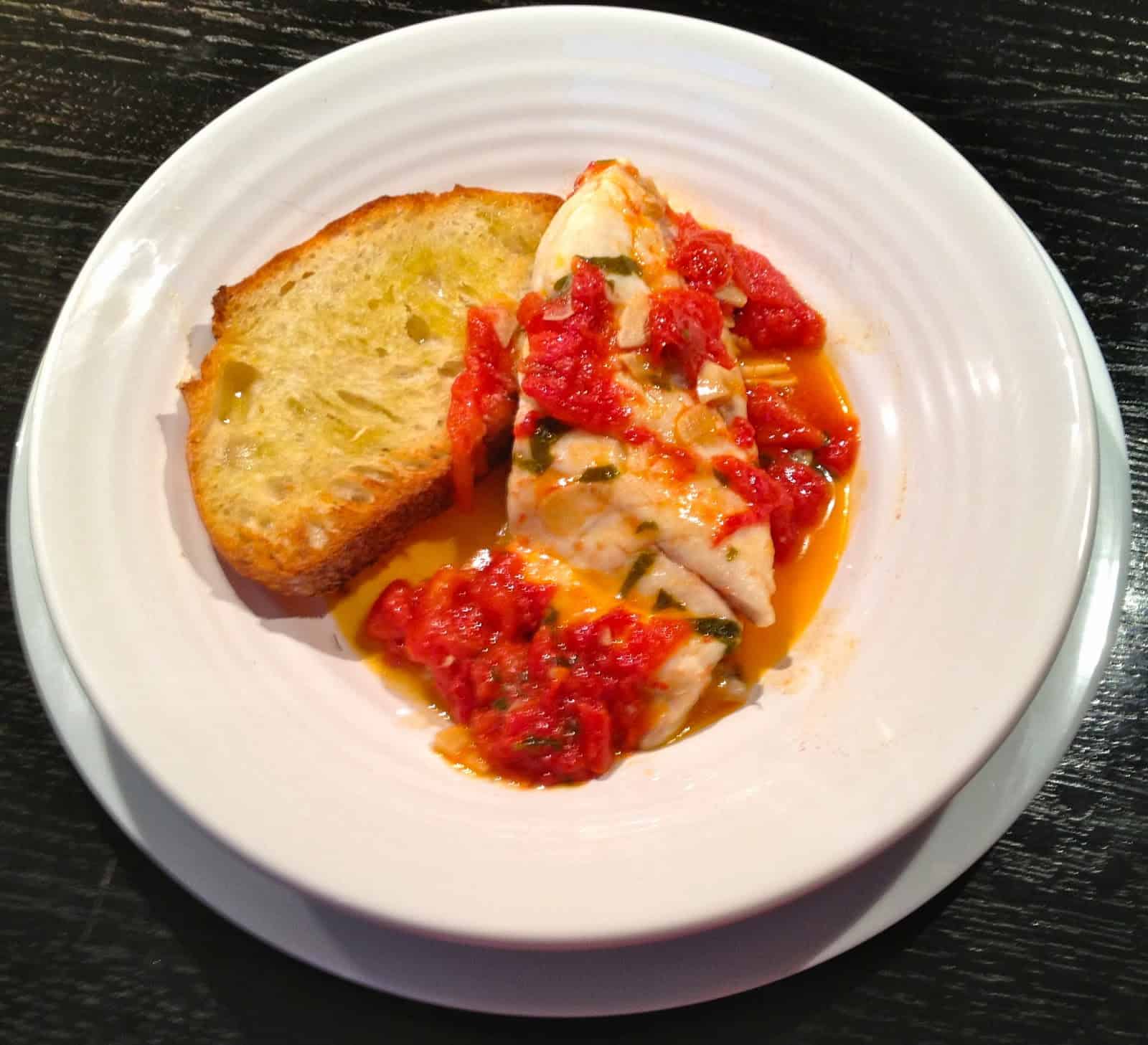 |
| Marcella and Victor Hazan, as loving and giving a couple as one could ever hope to know. |
If I’d never been introduced to Marcella Hazan, my cooking would have been so much poorer for it. Marcella died last week at her home in Naples, Florida where she and her inspirational muse and husband of 58 years, Victor Hazan, had retired some years ago. It was a loss that countless numbers of us felt deeply. Her readers, her dear husband and her devoted son, Giuliano, were all stunned because up until the very last she was sharing her infinite wisdom with us via Facebook, of all places. I know this only too well as I had not only ‘friended’ her but been the recipient of her advice on several occasions. I’d written about the Italian disdain for cheese coming anywhere near seafood. She shot right back that she’d changed her mind about that particular taboo. She also wrote me when I had a question about a strawberry dessert. She was endlessly generous with her time and I can’t tell you how the food writer in me was overwhelmed that I would hear from this extraordinary authority who surely had better things to do.
Marcella was a marvel who introduced America to all the pleasures of Italy in a series of cookbooks, at least one of which should be in every good cook’s kitchen. If I were starting out without one, I’d chose “The Essentials of Classic Italian Cooking” (Knopf Doubleday 1992). This compendium was her 4th book and does for Italian cooking what Julia Child did for French in her “Mastering the Art of French Cooking”. But you can’t go wrong with any of her 14 books and today’s recipe came from her next book published five years after “Essentials” by Harper Collins.
Marcella’s books are like listening to her voice. And the great gift to home cooks is that Marcella was one herself. She did not know a thing about cooking when she met Victor Hazan, an Italian-born New Yorker. She had a doctorate in natural sciences and biology from the University of Ferrara when the two married and she was whisked off to live in New York. She did come from a family of great cooks and she admitted that she had a very clear memory of the flavors she’d tasted at home. She found that she was highly adept at re-creating those in her new American kitchen. She must have been because she started giving cooking lessons in her apartment kitchen. She then caught the eye of Craig Claiborne, the extraordinarily influential food editor of the New York Times. He asked for recipes which he published and which led to her first book.
What differentiated Marcella’s work from anyone else’s was its absolute authenticity. She never allowed American or British influences to seep into her traditional Italian recipes. Even her ingredients were those found in Italian kitchens. She made few exceptions but only for things not readily available outside Italy. She was all about working with your hands and not machinery. She loved the control of stovetop cooking versus using the oven. That is not to say her recipes were complicated: Because they are truly Italian, they are simple, direct and full of flavor. And her writing is peppered with personal reminiscences. I adore reading her introductions every bit as much as I love eating her food. So when I was thinking of what to post in her honor, that I had not posted before (list follows), I remembered a dish I made last summer and the wonderful way she wrote about it. It’s for fish that’s poached in a very simple, but overwhelmingly flavorful broth. It’s simple as anything but to achieve the full flavor, don’t cut back on the cooking time of the broth. It will reward you with Marcella’s wisdom. And since I cannot possibly tell you any better than she herself can, here, in her own words is the recipe.
“One of the most frequently recurring conversational expressions in the dialect of my native Romagna is ‘anicreid’, “I don’t believe it.” That skepticism is a characteristic I share with people of my region. When a dish has a fanciful name, I resist trying it, feeling that it has been dressed up to cover up a lack of substance.
1. Peel the tomatoes raw using a swiveling-blade vegetable peeler, and chop them roughly with all their juice and seeds. The yield should be about 2 cups.
2. Choose a saute pan in which the fish fillets can be subsequently fit flat without overlapping. Put in the water, garlic, chopped tomatoes, parsley, chili pepper, olive oil, and salt. Cover the pan, turn the heat to medium, for 45 minutes.
3. Uncover the pan, turn up the heat, and boil the liquid until it has been reduced to half its original volume.
4. Add the fish, skin facing up. Cook for 2 minutes, then gently turn it over, using two spatulas. Add a little more salt and cook for another 12 minutes or so.
5. Serve promptly over the optional bread slice.
















What a beautiful tribute to a remarkable woman indeed. My Mother gave me the desire to cook but Marcella Hazan (through her books), gave me the will.
Cheers!
Barbara Giacometti
Thank you so much! It was a heartfelt post because her generosity was so incredible. Fortunately, she will live on in all 14 of her books. And we'll feel her presence every time we read one.
Can't ait to try out some of her books. What a beautiful tribute!
What a remarkable woman! Do buy any of her cookbooks, they are all joys to read and to cook with.